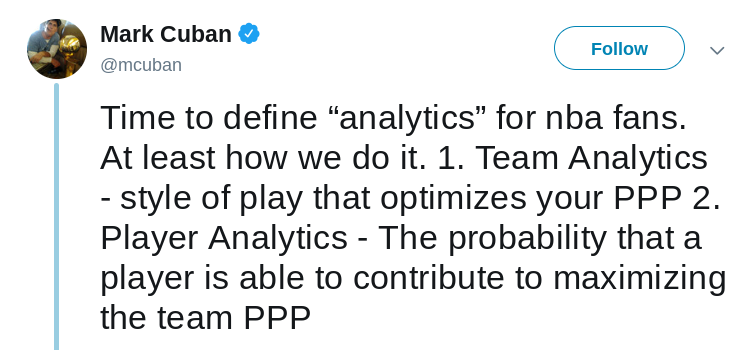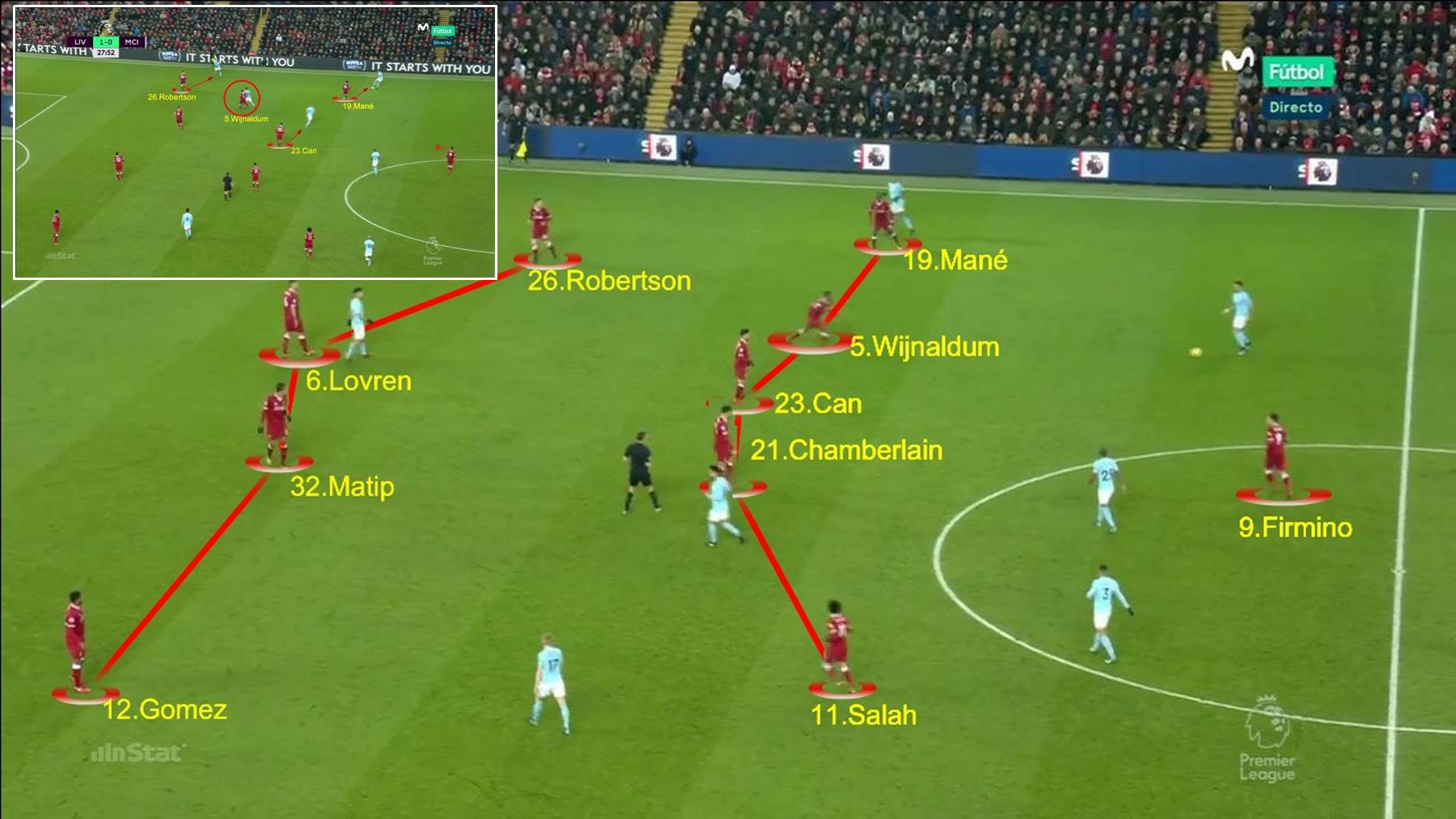There is no such thing as objectivity. Everything, except for math and formal logic, is subjective. Nevertheless, this is one of the most difficult things to grasp for people as everyone is raised in a society that praises objectivity so much. So please bear with me. It is going to be a wild ride. Yet, especially in football, it is very important to understand why there is no such thing as objectivity. With the flood of data coming to football – and with almost all data providers claiming to be objective – it is important to understand why they are wrong and why their data is still subjective. Otherwise, one is going to base decisions on the wrong input. On average clubs lose money on every 1 in 2 transfers. The increased use of data has not changed this at all.
The fastest and easiest way to argue against objectivity is that point out that for a truly objective viewpoint, you have to step outside of reality. It is impossible to be part of reality and state something objective about reality. Within philosophy this is called “the view from nowhere”. The view from nowhere is a necessity for objectivity and also an impossibility. When you look at data of a player, that data – in part – forms your subjective opinion on that player. When a data provider decides what to measure and how to measure it, these are all subjective decision.
Nevertheless, most people, while agreeing that objectivity is impossible in principle, would argue that in practice one can say that data is objective, as a figure of speech. Here I will argue that it is the wrong approach and actually increases the risk of you hiring a player that the club will lose money on. How we formulate what we think influences what we think. The more careful you are able to formulate your principles, ideas and opinions, the higher the chance that your decisions work out well.
Objectivity, intersubjectivity and subjectivity
One of the most brilliant philosophers of the twentieth century, Donald Davidson, has developed a very practical model on how we can learn anything about the world. It is called “triangulation”, because Davdison discovered that you need three points to triangulate the source. In the same way as how you can triangulate the location of a transmitter by measuring the strength of the signal in three different places. As triangulation works for everything, one can also say that to learn anything about a football player you need three points.
These three points are:
- The world.
- Your subjective experience of the world.
- Intersubjective stories you hear about the world.
When we apply this to football, these three points translate to:
- The football player.
- Your subjective experience of that specific football player.
- Intersubjective stories you hear about the football player.
So a technical manager at a club has to have these three things for him to decide about the fate of a player. First of all, the player has to actual exist. That sounds obvious. But my guess is that there have been times in football that clubs were sold non-existing players. So the next step for the technical manager is to get stories about this player. These are the data and scouting reports that the club prepares for the technical manager. And finally, the technical manager first has to watch videos of the player (although in a very technical sense these prepared videos might also be considered third party stories about the player) and he has to see the player play live. I will get back to this last point as to why it is so important for the decision maker to go and see the player live.
According to Davidson these three points refer to objectivity, subjectivity and intersubjectivity:
- The world and the player are objective.
- Your experience of the world and the player are subjective.
- The stories you hear and read about the world and the player are intersubjective.
Davidson is a very subtle philosopher, so I will point out his very subtle point for all people who think data is objective. According to Davidson only the world and the actual player are objective. All data gathered about the player and the world are at best intersubjective. So even if you want the best defense of objectivity – which is given by Davidson – data providers still don’t get what they want as their data is only intersubjective and not objective according to Davidson.
Bayesian statistics
Although I agree on almost everything Davidson has thought up and as a guest-lecturer of the VU-university I teach managers the triangulation model, I do think that Davidson has made one crucial mistake. This mistake is why he thinks there is still some kind of objectivity, even though we humans can never reach it given that the only sources about the world (and football players) are either our own experience (which is subjective) or stories about the world (and players) which are intersubjective.
Where I agree with Davidson is that all relations between the world, our experience and the stories being told about the world are ruled by Bayesian statistics. Our brain is a Bayesian future prediction machine. All our experiences are generated by brain processes that can be best understood by the Bayesian framework. As we literally experience the stories other people tell or write, all stories are also ruled by Bayes Theorem.
Yet, there are different Bayesian schools. Davidson thinks that the best version of Bayesian statistics is one where statistics is about the probability of propositions – statements of facts. Proposition have a truth value and once the probability reaches 1 (or 100%), the proposition is declared as true (and 0 or 0% is called false).
But this is not the way Bayesian statistics was thought up by it’s originator, professor Bruno de Finetti. He stated that probability is about events and that events don’t have a truth value. They happen or they don’t happen. But an event can’t be true or false. For that reason De Finetti divided the world of logic in two different logics:
- The logic of certainty. This is an axiomatic system where you come up with axioma’s and rules. In such a system you can define truth and falsehood. In fact this is exactly what is the case in mathematics and formal logic. Most people think that “1 + 1 = 2” is a convention. But this is not the case at all. With set theory one can proof that 1 + 1 = 2. This proof is absolute. Anyone accepting the axioma’s will agree that the proof is true, no matter where or when the live. In fact even aliens from outer space will agree that the proof is true as soon as they understand and accept the axioma’s.
- The logic of uncertainty. Everything else is subjective. That means that everything in football is subjective. All data, all opinions, everything.
Once you replace the faulty Bayesian statistics about propositions with the correct Bayesian statistics about events (as a historical note: this is one of the few minor contributions I made to the field of philosophy), then truth falls away and at the same time we completely do away with objectivity. A probability of 0% does not imply an impossibility or falsehood, but only a subjective probability estimation that judges that the event is extremely unlikely. In fact so unlikely that we have no smaller number to express how unlikely we judge it to be. A probability of 100% does not imply a certainty or truth, but only a subjective probability estimation that judges that the event is extremely likely. In fact so likely that we have no greater number to express how likely we judge it to be.
Convergence
Now that we have completely done away with objectivity, there is still a question to answer:
Why do people cling to objectivity?
Within philosophy, it is one thing to argue against an idea, but once you have successfully argued that – as we argued against objectivity – one then has to explain why people thought of the idea in the first place. With objectivity the reason is simple. People confuse convergence with objectivity. In fact, once you learn about convergence, all need for objectivity falls away. Everything you ever wanted from objectivity, you get once you embrace convergence. I cannot stress enough how important the concept of convergence is for football.
If everything is subjective then all our probability estimations are subjective too. Nevertheless, people often come to the same number when estimating a probability. For instance, I judge that there is a 100% chance that a pen falls to the ground if I drop it. And I am sure that you also have the same judgement. Nevertheless, De Finetti argues strongly, even though we come to the same numbers, your 100% differs from my 100% because we reached this judgement through a different path because you had different experiences of falling pens and you heard different stories about gravity than I have. So even when we come to the same numerical conclusion, it is not the same conclusion.
It might not be the same conclusion, but – and here comes the most important part – we do converge to the same judgement. We can easily measure convergement. This is simply the number of people to come (almost) the same judgement. For falling pens the convergence is probably close to 100% of all people. So what people call objective is actually nothing more than high convergence. And what people call subjective is nothing more than low convergence.
What this means in football
Convergence is the reason why it is so important to make decision with a team in a club. If you have reliable staff the higher the convergence among reliable experts is, the smaller the risks you take. Convergence prevents you from buying players that make a loss.
If high convergence is what people really mean when they talk about objectivity, then ask yourself this simple question:
How much convergence of judgement is there in football?
At the time of this writing, I spent three years in the world of professional football. Compared to every other sector of our society (and as a trainer I have direct experience of most of them), there is so much less convergence within football than everywhere else. Yes, we all convergence to the judgement that Messi is highly likely to be a player able to contribute. And there are a number of other superstars that most people agree on. But with 90.000 professional players the number of players where there is a high convergence, is very, very small. Of course, most staff of the club will have a high convergence on players they can’t afford. But there is very little convergence in the club for players they can afford. And that is the reason why making decisions within football is so very hard.
Almost all data – even if you accept that all data is subjective – only adds an additional talking point when discussing which players to hire. People are often amazed why clubs don’t decide more on data. But these people think that football is a sector where there is often a high convergence on what to do, just like the rest of the world. They overestimate the level of convergence in football in general and within club specifically.

If only because – as we have seen – data is only just another story the decision makers hear, on top of everything else they hear and read. And of course their own experience. Data providers force decision makers to take this approach by providing the club only with “objective” data without telling the club what the probability will be that particular player will be able to contribute to the team. That is the most important judgement and almost all data providers leave the people at the club to draw that conclusion. To my judgement because they know that their own judgement in this regard will be very faulty. And my guess is, that the staff and decision makers at the club – consciously or unconsciously – take this into account when they receive data reports about players. And that is another reason why, even though there is so much data, data has still made little impact on football as compared to what is yet to come.












